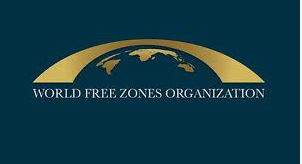Tempo de leitura: 1 minuto
Tevin Tafese, Jann Lay, Van Tran
Introduction
Economic integration into the global economy through trade, foreign investment, and the participation in global value chains (GVCs) is a potentially important driver of economic development and improved labour-market outcomes (World Bank, 2019). Vietnam, which has experienced a deep integration into GVCs over the past 20 years, is a case in point. Its integration into the global economy has been driven by opening up to trade and investment by multinational firms in all major sectors of the economy, particularly manufacturing.
Geopolitical tensions and friend-shoring appear to have further contributed to Vietnam’s importance in GVCs,
including a major increase in the country’s market share in United States imports recently (Alfaro and Chor, 2023). Vietnam has received substantial amounts of foreign direct investment (FDI), ranking third in the Global South behind China and India in recent years. This integration has, according to many accounts (for example, McCaig and Pavcnik, 2017), been a key driver of the country’s spectacular economic performance and poverty-reduction record.
Much of this foreign investment has gone into the more than 300 special economic zones
(SEZs) that have been established across the country, most of which are industrial parks focused on manufacturing and the processing of goods. In this paper, we examine the labourmarket effects of these SEZs, thereby investigating a key transmission channel of economic integration to income growth and rising living standards. Through a country-case study with some unique features, we add to several strands of literature that have examined various facets of the development and labour-market effects of place-based policies, FDI, and economic integration, more broadly.







Os comentários foram encerrados, mas trackbacks e pingbacks estão abertos.